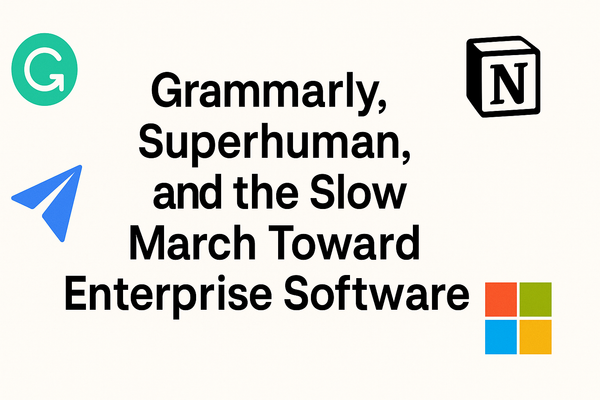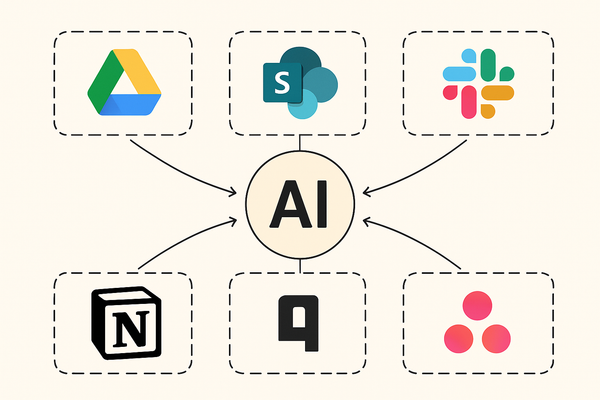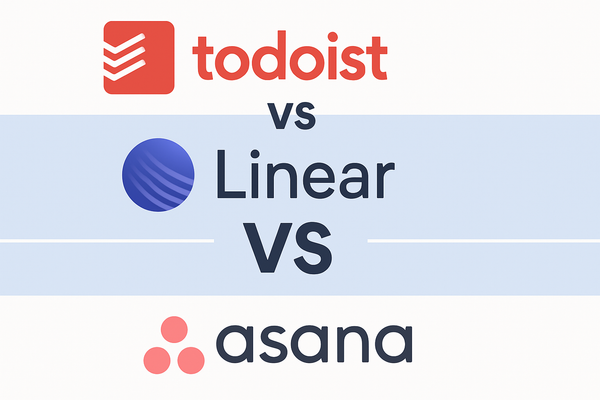How to Sell [_] in 2021
You’ve spent years researching, writing and re-writing your book. This is not only your labor of love, it’s your legacy. The manuscript is complete, the cover is beautiful designed, and the first 300 copies are sitting neatly in a cardboard box in a corner of your home office.
Now what? How do you get people to read the dang thing? That is, outside politely pressuring your friends and family to read it?
Below is my advice on how to sell a newly launched product today. I’ve started a few companies, and professionally I counsel Broadway and Off-Broadway shows on how to sell tickets, but I think you could replace “tickets” with pretty much anything: your self-published book, a new line of craft t-shirts, heck, even a car.
I’m going to give you the advice I would give anyone coming to my office in 2021. Most of this has been my standard advice since 2015, and some will of it will age out by 2025. But we can only think about what’s working now.
Like all unsolicited advice, please take this with a giant grain of salt. Did something different work for you? That’s great! And I’m sure for some products this would entirely not work. But, for 95% of what I see launched and sold today, I stand by this advice.
With that out of the way: let’s begin. It’s actually simple. So simple, I can boil it down to three steps.
Step 1
Delete your social media accounts. Okay, that’s a bit extreme, and I don’t mean it literally. Here’s what I really mean: don’t try to become a thought leader or a social media influencer.
Some succeed at this game, but most don’t. Gaining an audience on social takes one of two things: sheer dumb luck or years and years and years of daily hour by hour content creation. The tweets, the Instagrams, the posts. Most of them will go into the dark hollow void of nothingness.
I often like to think about Marques Brownlee who is perhaps one of the most influential YouTubers of all time and who today has 14.1 million subscribers. But Marques started his YouTube channel twelve years ago in 2009, and it took him 100 videos to get his first 78 subscribers.
He just kept pumping out video after video. He put in the time, and he put in the work. Do you have 12 years to develop your social media profile to sell your product?
Here’s another secret, most people who do try to become thought leaders or who build popular social media profiles have spent a lot of money to do so. They have teams scheduling their posts and ghostwriters writing their blog posts. And even then it doesn’t translate to sales. See below. Dollar for dollar, minute for minute, it’s the worst return on investment.
But here’s why you’ll be tempted to keep at it. The metrics! Ohh, the metrics. Yesterday you got one like, today three. Last week you had 425 followers, this week 437. You’re growing! You’re getting hotter, just keep posting and that 437 will turn into 10,000 in no time. But you’re being played by the social media companies. They are hooking you in. It’s addictive. The only ones winning here are Twitter and Instagram, so they can keep serving you ads.
Almost every ad meeting I’m in begins with a recap of the new follower counts gained in the last week, or the top-performing social media post. And then we spend the next two hours pondering why we aren’t selling.
Even if you do succeed at this game, it very rarely translates to sales. I’ve seen artists with social media followings that make me jealous. They tweet, and it’s as if the whole world responds: likes, retweets, comments. Everything they write is pure social media gold.
And yet: they can’t parlay those retweets and likes into actual sales. Maybe a small handful of sales, but not enough to create a sustainable business.
So why do people still do it? One: It’s easily seen. There’s an old joke in advertising: make sure to get at least one ad placement near the client’s home or office, they’ll think their ads are everywhere and that you’re a genius. This is what social media is today. Clients are on it, and they think if they see traction on social it will translate to sales. They are wrong, and yet they will endlessly obsess over these metrics. Vanity metrics? I’d say so but read on.
Two: It looks so simple. How long can it take to tweet? Much longer than you think. Now multiply that by the five or six tweets or Insta posts you should be making at minimum each day. Suddenly, this is a full-time job.
Three: If you are a hit, and have a best-selling product, your competition will assume it’s because you have a massive social media following. But it’s the inverse. It’s because their product sold so well in the first place that they could build a social media following. The sales came first and then the social popularity, not the other way around.
Take a look at the social media account for the Broadway musical Hamilton. The account has 1 million followers and nearly everything they post has hundreds of likes and dozens of retweets. But the social media account didn’t make Hamilton the show a hit, Hamilton the show made their social media account a hit.
In other words: hit products can produce popular social media accounts. Popular social media accounts do not produce hit products.
Step 2
Create a basic website on Squarespace, Wix or Shopify. Do not pay a designer thousands of dollars to do this. Also, do not obsess over this website. You will be tempted to obsess, but try not to.
Add the following to your site:
- some text about your product
- an image of the product
- your headshot
- some testimonials about your product
- and, most importantly, some big buttons for folks to directly purchase your product on your sales channels
That’s pretty much it. If you want to blog, blog. But don’t focus on page views or SEO. See above on metrics.
Your site should be your elevator pitch. Someone should be able to look at it and within just about 30 seconds understand what you’re selling and be able to click on a link to buy it.
Step 3
Create an ad that links to your site on Facebook.
Facebook ads, and perhaps also Instagram ads depending on your product, offer, in 2021, simply the best return on investment full stop. I’d rather see someone spend $50 on Facebook ads than tweet five times.
This is where you may want to consider hiring an agency to help you. And you’re welcome to call us if you like (you can find my email on this site). A good agency can help you install a Facebook pixel on your site, target the right audience and perform effective A/B testing. You can probably figure out most of it yourself, but, if you’re busy or just don’t want the hassle, an agency can be your friend here.
But don’t let the agency sell you on a host of other services. They are here to help you execute on Step 3.
Clarifications, Modifications, Exceptions
If I’m going to make a minor exception to most of the above it would be for visual artists who are selling their artwork online. I have seen native Instagram posting to be somewhat effective for visual artists. And, obviously, I would add a photo gallery to the website in Step 2.
Nevertheless, photographing artwork is time-consuming and costly to do it well. I’d still save most of the resulting photos for the ads in Step 3, but if you have them, you might as well post them.
The above is where I would spend my advertising time, money, and attention for launching a new product. A communications firm can also be useful for products at the right stage for engaging with the press.
Bringing it all Home
This is what I would recommend to almost any new book, product, or Broadway show today. If a product is already a hit, I might throw in some outdoor, but I’m a believer in the K.I.S.S. principle for pretty much everything in life, including advertising. Could all of this change by 2023 or even 2022? Maybe. But big shifts like that occur gradually. So, my guess is you can bank on this approach for the next few years.
Now that I’ve shared my advice, feel free to let me know in the comments if you agree, disagree or if you’ve seen other tactics be successful for you.





